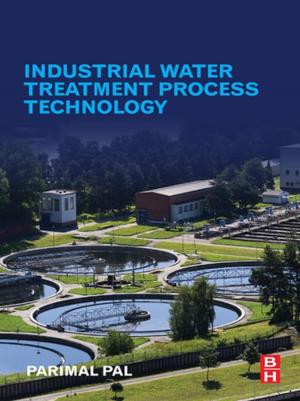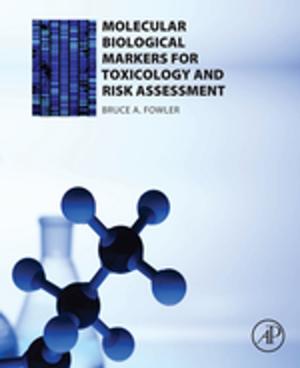Interface Science in Drinking Water Treatment
Theory and Applications
Nonfiction, Science & Nature, Science, Chemistry, Technical & Industrial, General Chemistry| Author: | Gayle Newcombe, David Dixon | ISBN: | 9780080530512 |
| Publisher: | Elsevier Science | Publication: | September 6, 2006 |
| Imprint: | Academic Press | Language: | English |
| Author: | Gayle Newcombe, David Dixon |
| ISBN: | 9780080530512 |
| Publisher: | Elsevier Science |
| Publication: | September 6, 2006 |
| Imprint: | Academic Press |
| Language: | English |
It is difficult to imagine anything more important to the human population than safe drinking water. Lack of clean drinking water is still the major cause of illness and death in young children in developing countries. In more fortunate communities, where water treatment is practiced, the primary aim of water authorities is to provide water that is free from pathogens and toxins. Most countries now have water quality regulations, or guidelines, which are driving water authorities to produce purer water, with the minimum of contamination from natural or man-made origin. At the same time, consumers are demanding that chemicals added during the treatment of drinking water be kept to a minimum. As a consequence, conventional clarification methods are being challenged to comply with the new regulations and restrictions and our understanding of the mechanisms involved is being tested as never before.
Interface Science in Drinking Water Treatment contains a rigorous review of water treatment practices from a fundamental viewpoint. The book includes material from leading experts in the field of water treatment, reviewing their specific fields of expertise against a background of colloid and surface chemistry, and examines each step of the journey from source to consumer tap. It therefore permits the reader to develop a deep understanding of the complex processes taking place and of the necessary treatments which are vital for the provision of safe and palatable drinking water. The book is aimed at researchers, educators and practitioners in science and engineering, particularly those involved in water treatment and colloidal chemistry.
- Covers all existing water treatment processes, approached from a fundamental surface and colloid science viewpoint
- Unique collection of R&D authors, all experts in water treatment processes
- Comprehensive review of water treatment with a complete list of references
It is difficult to imagine anything more important to the human population than safe drinking water. Lack of clean drinking water is still the major cause of illness and death in young children in developing countries. In more fortunate communities, where water treatment is practiced, the primary aim of water authorities is to provide water that is free from pathogens and toxins. Most countries now have water quality regulations, or guidelines, which are driving water authorities to produce purer water, with the minimum of contamination from natural or man-made origin. At the same time, consumers are demanding that chemicals added during the treatment of drinking water be kept to a minimum. As a consequence, conventional clarification methods are being challenged to comply with the new regulations and restrictions and our understanding of the mechanisms involved is being tested as never before.
Interface Science in Drinking Water Treatment contains a rigorous review of water treatment practices from a fundamental viewpoint. The book includes material from leading experts in the field of water treatment, reviewing their specific fields of expertise against a background of colloid and surface chemistry, and examines each step of the journey from source to consumer tap. It therefore permits the reader to develop a deep understanding of the complex processes taking place and of the necessary treatments which are vital for the provision of safe and palatable drinking water. The book is aimed at researchers, educators and practitioners in science and engineering, particularly those involved in water treatment and colloidal chemistry.
- Covers all existing water treatment processes, approached from a fundamental surface and colloid science viewpoint
- Unique collection of R&D authors, all experts in water treatment processes
- Comprehensive review of water treatment with a complete list of references















